|
- Coche
- Mercedes-Benz
- Mercedes-Benz SEC (20 ofertas)
Mercedes-Benz SEC Coches Clásicos en Venta
Resultados de la búsqueda
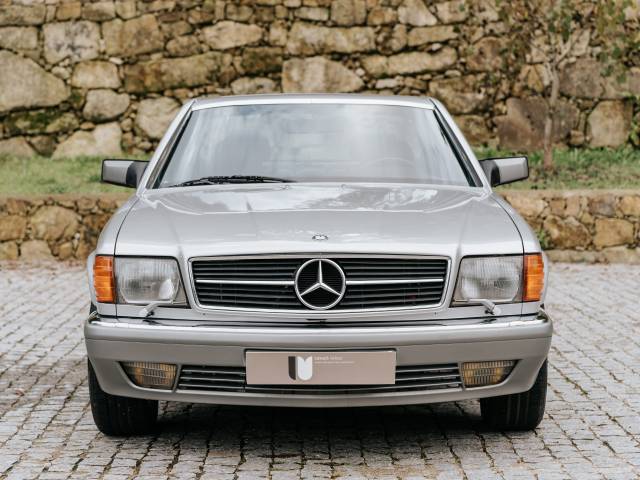
1 / 44
1988 | Mercedes-Benz 560 SEC
1988 Mercedes Benz 560SEC – 300Hp - 87.000Kms
45.000 €
🇵🇹
Vendedor
Código fabricante
C 126
Carrocería
Coupe
Kilometraje (leer)
87.000 km
Potencia (kW/CV)
221 / 300
🇵🇹
Vendedor
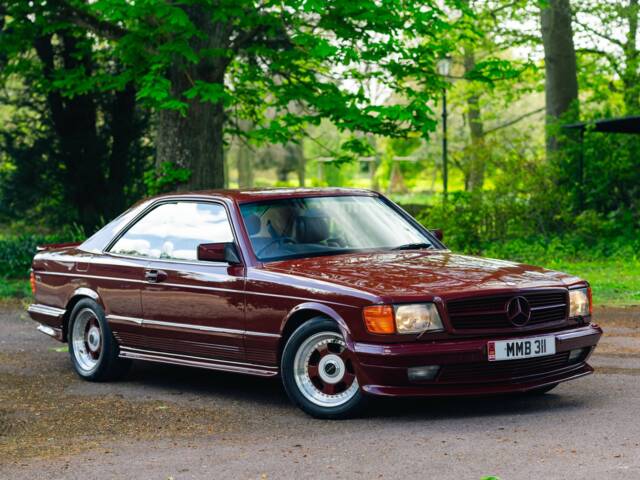
1 / 8
1983 | Mercedes-Benz 500 SEC
Fabulous Big Benz
2905 €
🇬🇧
Vendedor
Código fabricante
C 126
Carrocería
Coupe
Kilometraje (leer)
136.740 mls
Potencia (kW/CV)
137 / 186
🇬🇧
Vendedor
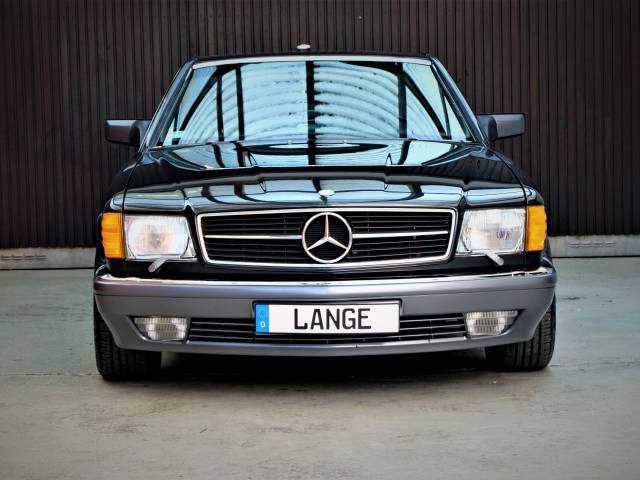
1 / 87
1991 | Mercedes-Benz 560 SEC
Mercedes C126 Coupé para las más altas exigencias
68.980 €
🇩🇪
Vendedor
Código fabricante
C 126
Carrocería
Coupe
Kilometraje (leer)
43.400 km
Potencia (kW/CV)
205 / 279
🇩🇪
Vendedor
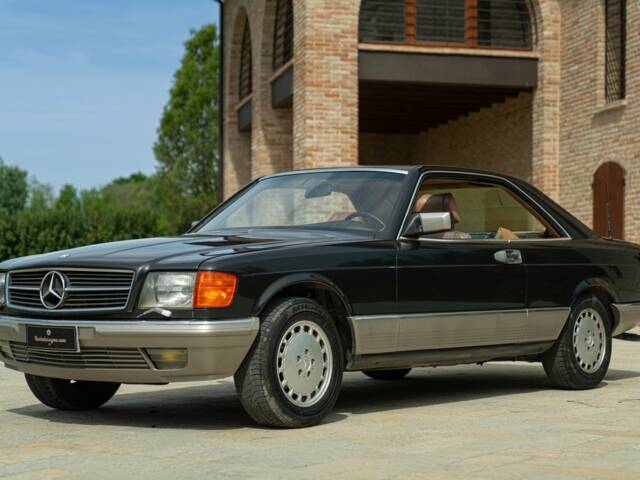
1 / 50
25.000 €
🇮🇹
Vendedor
Código fabricante
C 126
Carrocería
Coupe
Kilometraje (leer)
99.523 km
Potencia (kW/CV)
185 / 252
🇮🇹
Vendedor
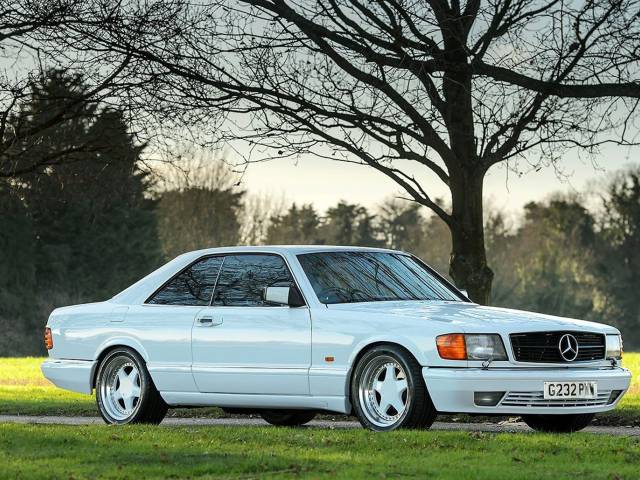
1 / 21
1990 | Mercedes-Benz 560 SEC
1990 Mercedes-Benz S-Class 560 SEC
35.142 €
🇬🇧
Vendedor
Código fabricante
C 126
Carrocería
Coupe
Kilometraje (leer)
85.885 mls
Potencia (kW/CV)
205 / 279
🇬🇧
Vendedor
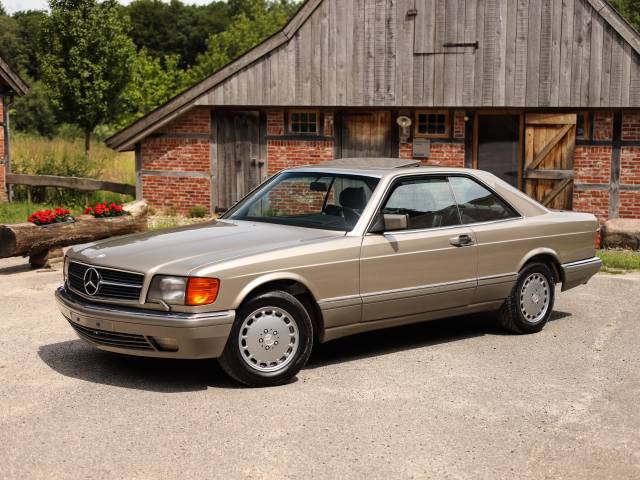
1 / 68
24.950 €
🇳🇱
Vendedor
Código fabricante
C 126
Carrocería
Coupe
Kilometraje (leer)
172.915 km
Potencia (kW/CV)
180 / 245
🇳🇱
Vendedor
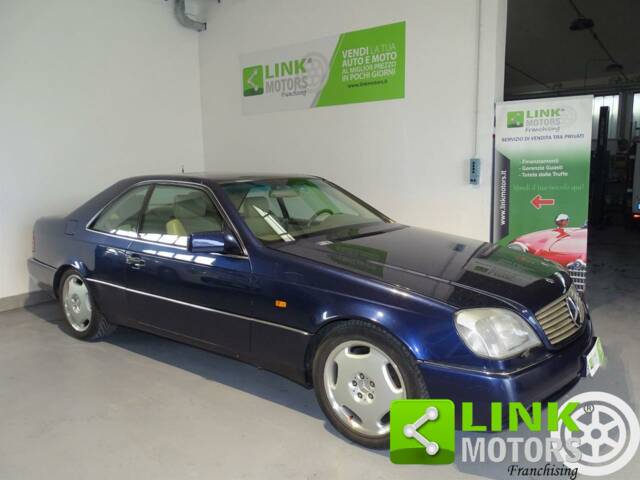
1 / 10
1995 | Mercedes-Benz 500 SEC
MERCEDES-BENZ S 500 SEC cat Coupe
25.000 €
🇮🇹
Vendedor
Código fabricante
C 126
Carrocería
Coupe
Kilometraje (leer)
77.174 km
Potencia (kW/CV)
195 / 265
🇮🇹
Vendedor
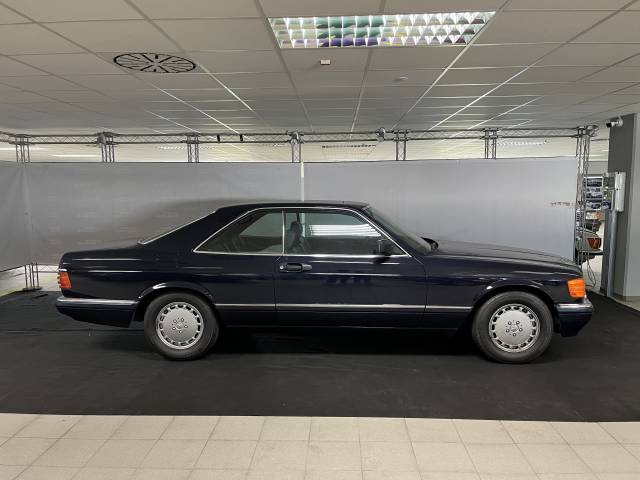
1 / 8
28.000 €
🇮🇹
Vendedor
Código fabricante
C 126
Carrocería
Coupe
Kilometraje (leer)
155.443 km
Potencia (kW/CV)
221 / 300
🇮🇹
Vendedor
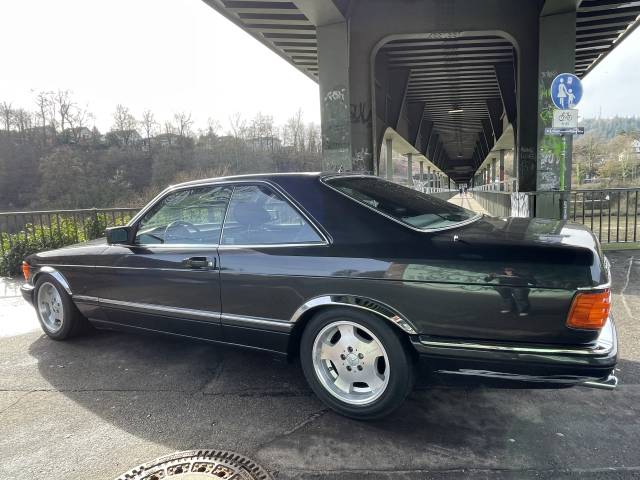
1 / 14
1988 | Mercedes-Benz 560 SEC
Schnell sein lohnt sich! Ein Klassiker der alten Tage
24.000 €
🇩🇪
Vendedor
Código fabricante
C 126
Carrocería
Coupe
Kilometraje (leer)
216.638 km
Potencia (kW/CV)
205 / 279
🇩🇪
Vendedor
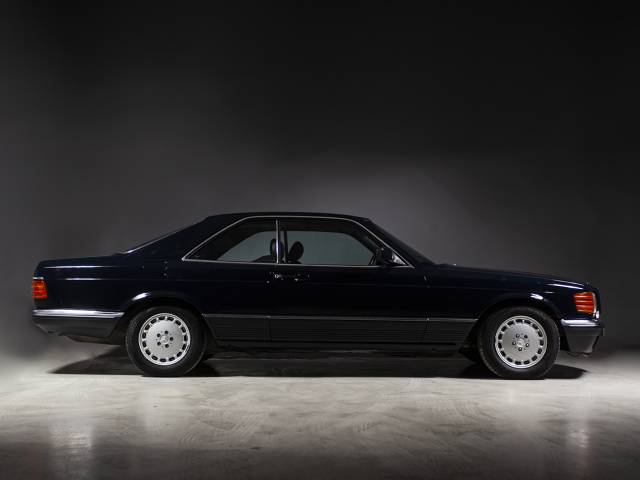
1 / 34
1984 | Mercedes-Benz 500 SEC
MERCEDES-BENZ W126 500 SEC
19.900 €
🇪🇸
Vendedor
Código fabricante
C 126
Carrocería
Coupe
Kilometraje (leer)
282.852 km
Potencia (kW/CV)
170 / 231
🇪🇸
Vendedor
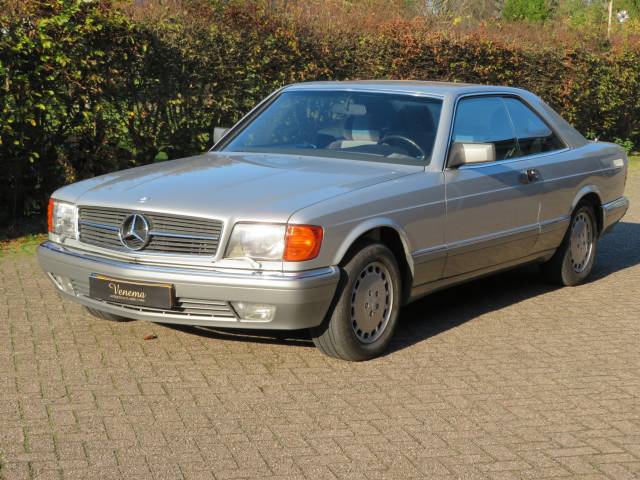
1 / 30
29.900 €
🇳🇱
Vendedor
Código fabricante
C 126
Carrocería
Coupe
Kilometraje (leer)
101.006 km
Potencia (kW/CV)
205 / 279
🇳🇱
Vendedor
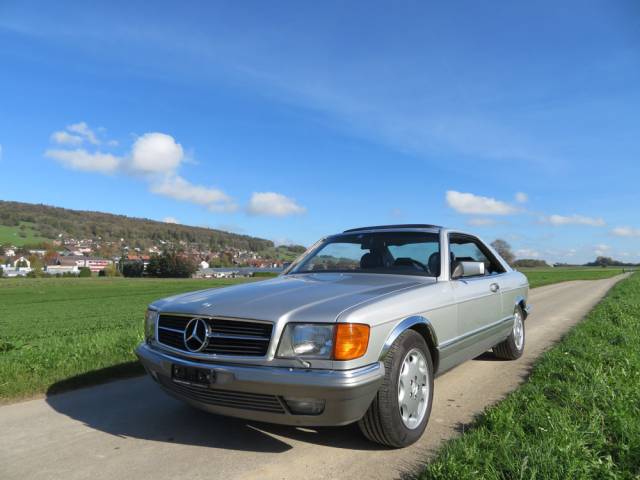
1 / 18
1982 | Mercedes-Benz 380 SEC
Seit 38 Jahren vom 2. Besitzer gepflegt und gehegt!
17.380 €
🇨🇭
Vendedor
Código fabricante
C 126
Carrocería
Coupe
Kilometraje (leer)
236.000 km
Potencia (kW/CV)
150 / 204
🇨🇭
Vendedor
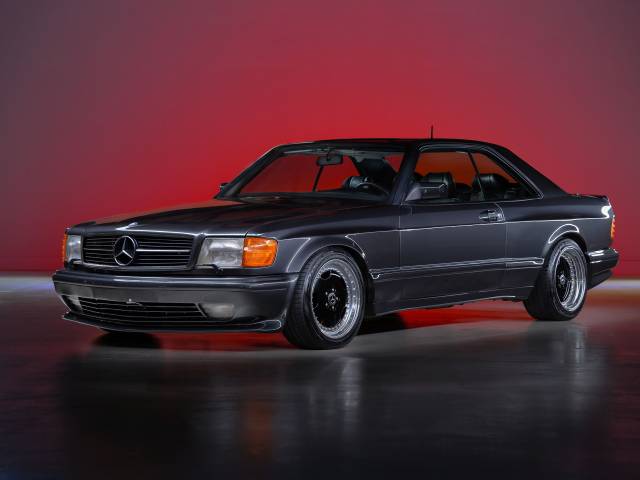
1 / 15
1986 | Mercedes-Benz 500 SEC
1986 Mercedes-Benz 500 SEC AMG 6.0 'Wide-Body'
Precio a petición
🇬🇧
Vendedor
Código fabricante
C 126
Carrocería
Coupe
Kilometraje (leer)
3043 mls
Potencia (kW/CV)
180 / 245
🇬🇧
Vendedor
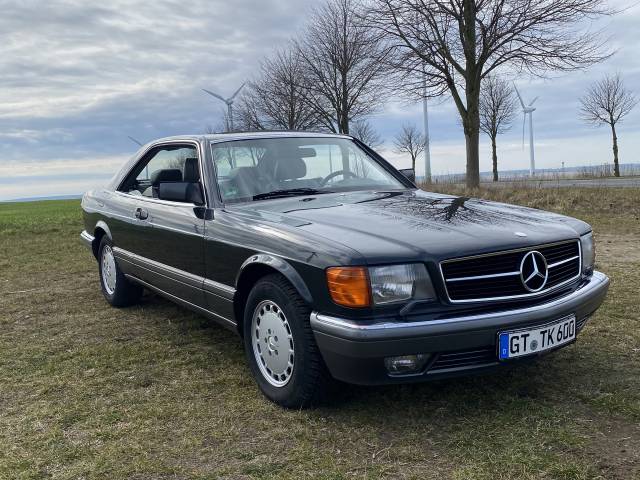
1 / 32
1991 | Mercedes-Benz 560 SEC
Collector's car, 2. Owner, German historic license, German car
44.950 €
🇩🇪
Vendedor
Código fabricante
C 126
Carrocería
Coupe
Kilometraje (leer)
166.900 km
Potencia (kW/CV)
205 / 279
🇩🇪
Vendedor
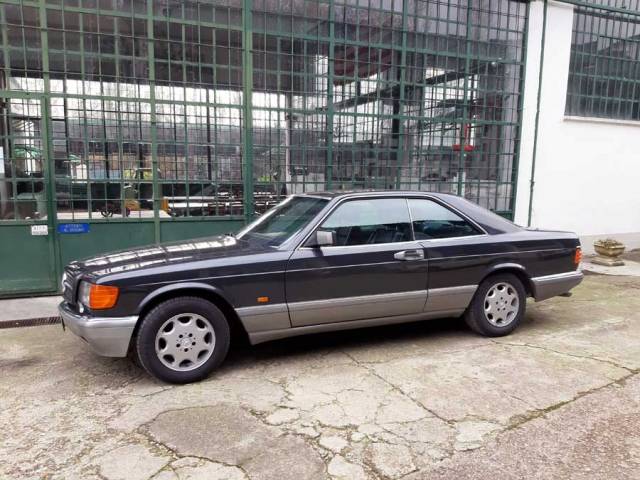
1 / 33
1984 | Mercedes-Benz 380 SEC
Mercedes 380 SEC (W126) - 1984
15.500 €
🇮🇹
Vendedor
Código fabricante
C 126
Carrocería
Coupe
Kilometraje (leer)
236.332 km
Potencia (kW/CV)
160 / 218
🇮🇹
Vendedor